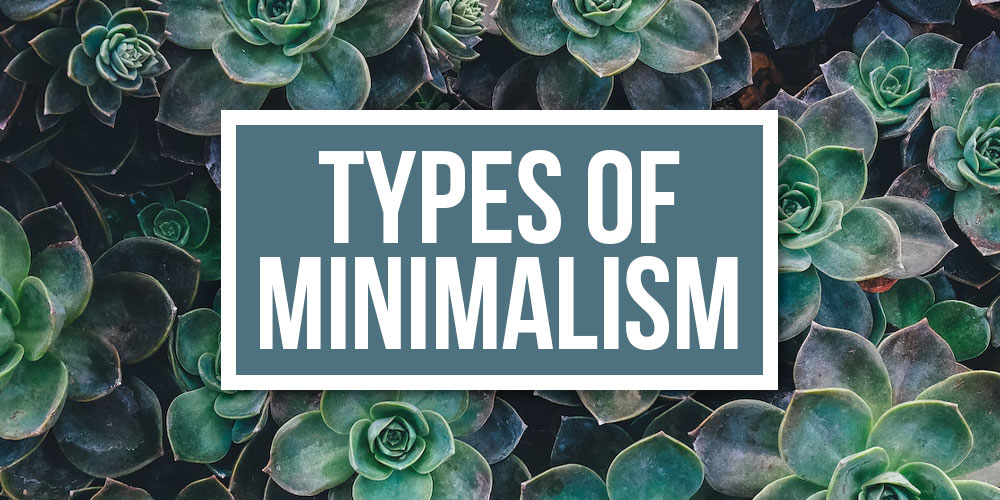
NAVIGATION

Hi, I’m Ryan
When I first started my simple living journey, I didn’t consider myself a minimalist until a good friend called me out on it. After that, I started to think about what being a minimalist really meant, leading me to discover the different forms it could take.

What I’ve realized along my journey of minimalism is that there is no one-size-fits-all way to do it. Minimalism isn’t just downsizing — it’s about creating more room for the important things in life. People don’t have to meet certain standards to fit the lifestyle. There is a spectrum of minimalism, and it’s possible to fall anywhere on it based on what’s important to you.
As I was exploring the differences between types of minimalism, I came to the realization that the terms that describe minimalist lifestyles don’t really need to be super constraining.
What Types Of Minimalism Are There?

The different types of minimalists often differ from one another based on what a person values and their long-term goals. At the end of the day, any specific minimalist style is about intentionality and using the tools that serve us best.
It’s important to note here that while these labels help define different types of minimalism, they’re still somewhat flexible. We can often identify with multiple minimalist styles or see that our values cross over a few of them.
Essential Minimalism
Essential minimalism is focused on the bare necessities needed for daily activities. This includes physical items we use for daily life, but also how our time and energy is spent. As far as time is concerned, I often pick and choose the extra activities I jump into, which helps me focus more energy on projects that feel most important.
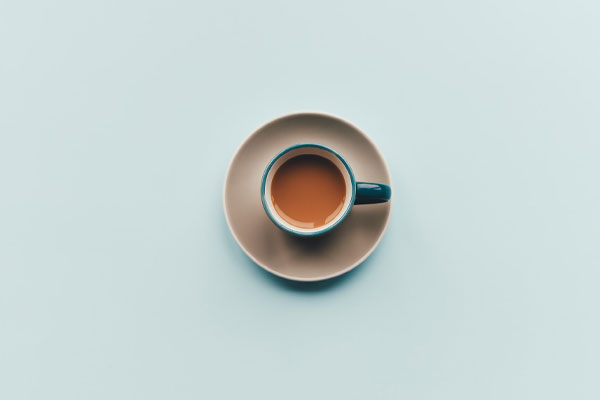 For example, if an essential minimalist determines that they love gardening and their interest in crafting is not as strong, they might drop knitting to more effectively pursue their hobby for growing vegetables, devoting more time to enriching that part of their life. that part of their life.
For example, if an essential minimalist determines that they love gardening and their interest in crafting is not as strong, they might drop knitting to more effectively pursue their hobby for growing vegetables, devoting more time to enriching that part of their life. that part of their life.
Essential minimalism is all about efficiency and not wasting resources, including time. For this minimalism mindset, quality is extremely important. The essential route to minimalism embraces having less while maximizing the potential of what resources are available.
Eco Minimalism
Eco minimalism is a lifestyle centered around environmental impact and sustainability. An eco-friendly lifestyle and thinking green are key values for eco minimalism.
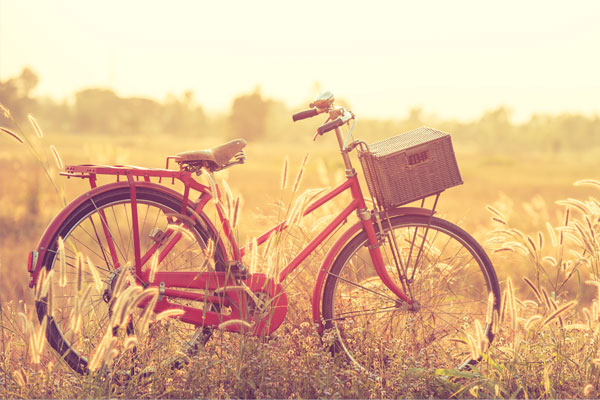 I’ve seen that minimalism goals in general tend to be good for the environment. What sets this style apart from the rest, though, is that the main driving force for participating in minimalism is a desire to contribute towards a healthier planet.
I’ve seen that minimalism goals in general tend to be good for the environment. What sets this style apart from the rest, though, is that the main driving force for participating in minimalism is a desire to contribute towards a healthier planet.
Resource consumption is very important for this minimalism type, which often extends to the ethics of how products are made and the sustainability of the materials.
Still, the consideration of the environment for eco minimalism doesn’t stop there. It’s also about being cautious when decluttering and downsizing. Often, before donating or getting rid of something, the eco minimalist might try to repurpose items and turn them into things that can be useful.
The eco minimalist may aspire to reduce waste as much as possible and may strive for a zero-waste lifestyle. The zero-waste lifestyle is no easy feat, but there are practical ways to pursue it.
Extreme Minimalism
Extreme minimalism takes the idea “less is more” to its furthest point, especially when it comes to having physical possessions. Like essential minimalism, extreme minimalism is about owning only what’s necessary for day-to-day life.
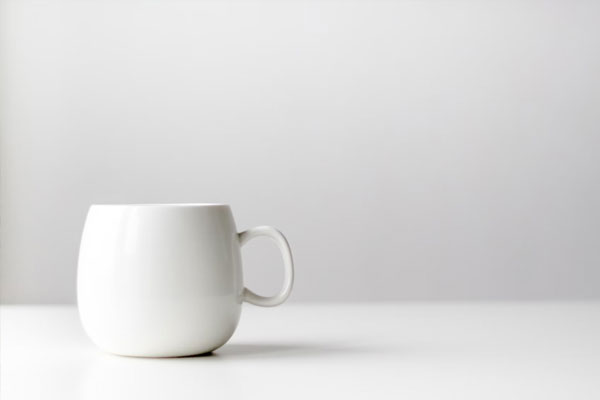 The difference between the two is that essential minimalism goes beyond physical goods, but extreme minimalism pushes the bounds of what necessary means.
The difference between the two is that essential minimalism goes beyond physical goods, but extreme minimalism pushes the bounds of what necessary means.
The extreme minimalist owns extraordinarily little, including staple items like furniture. They may be able to fit all they have in a few boxes, or possibly even one.
It’s important to extreme minimalism that there is nothing in excess, providing freedom from attachment to objects.
The extreme minimalist isn’t held back by stuff, and can focus more on comfort, joy, and meaningful experiences in life.
Frugal Minimalism
Frugal minimalism is concerned primarily about money and being economical with resources. This minimalism type is centered on creating a space where less time is spent worrying about financials and more time is dedicated to the areas of life that you care for the most.
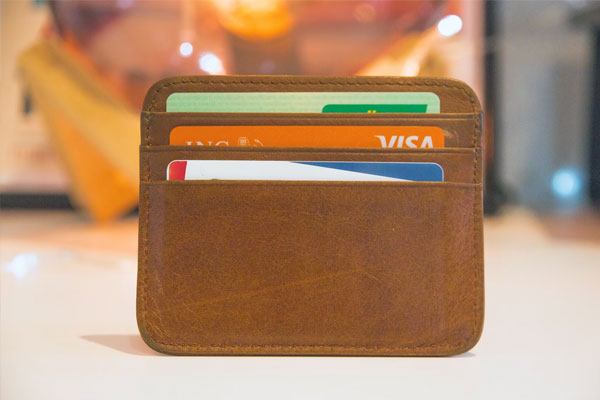 Looking back at my life before simple living, I was way more stressed and paying for way more. After four years on my minimalist path, I was debt free and more secure in my financial situation than I ever had been before.
Looking back at my life before simple living, I was way more stressed and paying for way more. After four years on my minimalist path, I was debt free and more secure in my financial situation than I ever had been before.
Frugal minimalism has habits that are geared to help people save money while also maintaining (and enjoying) very few possessions. This type of minimalism encourages affordability and the practice of saving. A frugal minimalist may do this by purchasing secondhand items and may choose to rent items they don’t frequently need.
Other characteristics of frugal minimalism include upcycling resources, selling items before donating them, avoiding needless shopping, and only buying what is absolutely necessary, such as buying clothes only when current clothes become too worn.
Wannabe Minimalism
Wannabee minimalism is a flexible approach that allows for a more mainstream lifestyle than other types of minimalism.
We’ve all got to start somewhere. Wannabee minimalism often indicates the beginning stages of the minimalism process. I’ve seen firsthand how adopting a minimalist lifestyle can affect someone’s life. Wannabee minimalism is about taking those first steps and working it into the present circumstances.
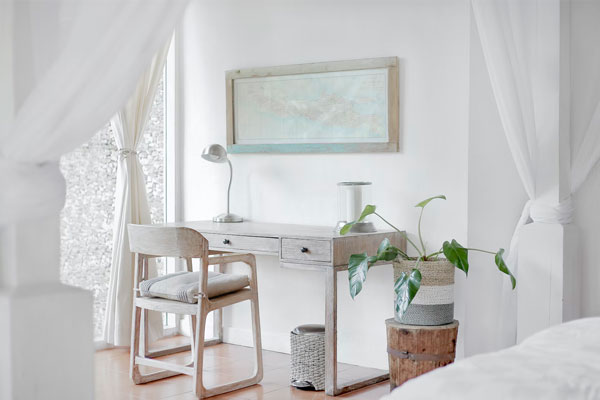 The goals for this minimalism category align with main ideas of simple living like desiring to be more intentional and decluttering spaces. While wannabee minimalism is about believing less is more, it isn’t super strict and doesn’t place restrictions on the enjoyable parts of life.
The goals for this minimalism category align with main ideas of simple living like desiring to be more intentional and decluttering spaces. While wannabee minimalism is about believing less is more, it isn’t super strict and doesn’t place restrictions on the enjoyable parts of life.
For example, the wannabee minimalist won’t feel that it’s necessary to rid themselves of items they enjoy. If they love making art, they won’t get rid of their paint and brushes. If they love fishing, they might keep that second fishing rod and whatever is in their tackle box.
Wannabee minimalism can be more attractive to those who have a busy lifestyle and don’t necessarily want to live in a tiny home, but they regularly purge and make conscious decisions about their purchases. For this minimalist style, it’s about flexibility and considering how minimalism can make a positive impact without compromising your favorite things in life.
Mindful Minimalism
Mindful minimalism is dedicated to the mental work that comes with practicing minimalism. It focuses a lot on action and lifestyle introspection. Each item in the mindful minimalist’s possession is purposefully selected.
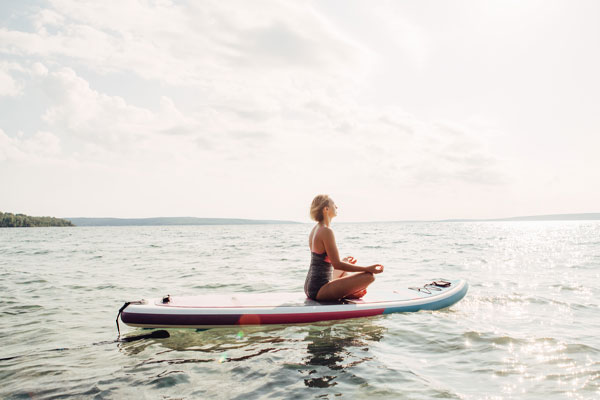 The mindful minimalist is likely to keep resources that help them maintain a mindful lifestyle, such as journals, incense or candles, and self-help books. When deciding what goes, they get rid of old paperwork that adds clutter to their life, outfits that have been saved for that “one occasion,” or home décor that no longer adds to their space in the way that it used to.
The mindful minimalist is likely to keep resources that help them maintain a mindful lifestyle, such as journals, incense or candles, and self-help books. When deciding what goes, they get rid of old paperwork that adds clutter to their life, outfits that have been saved for that “one occasion,” or home décor that no longer adds to their space in the way that it used to.
Decluttering to achieve mindful simplicity gives the current moment meaning. Focusing on the present moment is one aspect of mindfulness that can help to look at life more objectively.
I’ve learned that mindful minimalists put a lot of thought into maintaining their minimalism through actions. Monotasking is one example of mindfulness at work within a minimalist lifestyle. By focusing on one task, you’re able to think about the process and increase your sense of purpose.
Enoughist Minimalism
Enoughist minimalism combines the two mindsets of enoughism and minimalism. The core parts of this minimalism type are having just enough, believing in self-restraint, and being careful when it comes to adding more items to one’s posessions. The goal is to have just enough.
One friend of mine considers herself an enoughist, and she first started minimalism because she realized she no longer wanted to consume as many products.
For her, it was about learning to discern the balance between what she needed and what she wanted. So, if she wants something new, she’ll consider whether she actually needs it and then if she does, she’ll be careful about choosing that item.
Slow-Living Minimalism
Slow living minimalism is about taking ownership over one’s timeline and focusing on not letting time be in control. This is a type of minimalism that emphasizes slowing down and soaking up all of the meaningful moments of life.
 Slow-living minimalism takes on an approach to life that challenges fast-paced work environments and hustle culture.
Slow-living minimalism takes on an approach to life that challenges fast-paced work environments and hustle culture.
Learning to say no to those awkward, obligatory events is vital for slow minimalism. Freeing up our schedules allows us to revel in our relationships and passions. I’ve noticed that freeing up my schedule creates space for me to focus on what and who is important to me.
By declining a distant co-workers bridal shower to respectfully rejecting to see a concert of a terrible band with friends, the slow-living minimalist prioritizes their free time.
Slowing down also allows for more deliberate shopping and more intentional purchases as opposed to quickly cashing out.
Because there is more time to think about it, slow-living minimalism makes it easier to examine how things are manufactured and comprehend how they provide value to our lives. This method of minimalism focuses on participating in less, doing things more slowly, and living the journey intentionally.
Digital Minimalism
Digital minimalism is about putting barriers on technology, simplifying the tech space, and making sure that technology becomes more of a tool instead of a distraction. Digital spaces are complex, and decluttering these spaces leaves more room for purpose and productivity on and off screen.
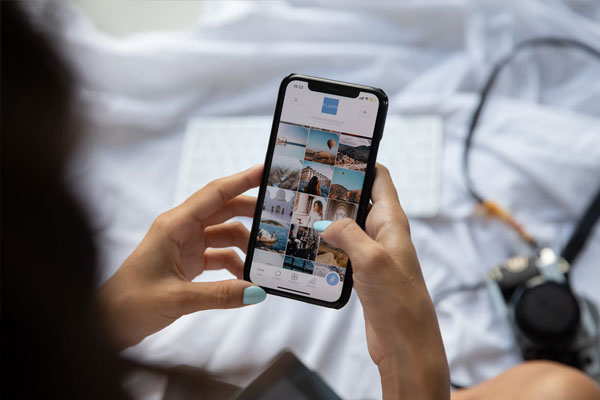 I’ve noticed that digital minimalists partake in social media detoxes and practice helpful habits like inbox zero to optimize their digital efficiency.
I’ve noticed that digital minimalists partake in social media detoxes and practice helpful habits like inbox zero to optimize their digital efficiency.
Also, I’ve found that most digital minimalists choose to use dumb phones over smart phones. This is a simple swap that makes a significant difference in the amount of time and energy spent using digital devices and technology.
Nomadic Minimalism
Nomadic minimalism is about owning very few possessions in order to go on adventures, travel, and experience the world at a moment’s notice. Traveling essentials are a must for the nomadic minimalist — things such as a first aid kit, digital and tech equipment to work remotely, a backpack or suitcase, and a sturdy pair of shoes.
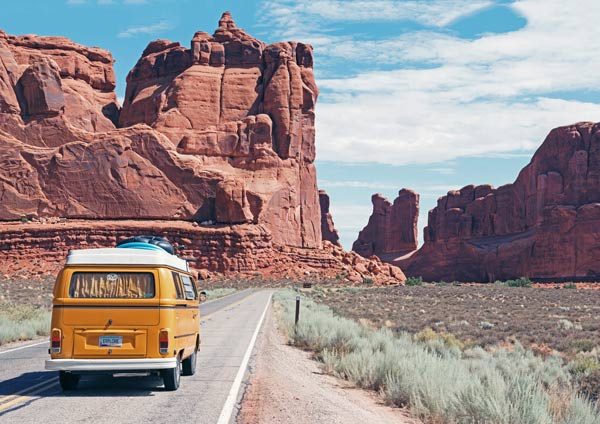 The ability to pick up and go requires light packing, which means it isn’t practical for an adventurer to carry collectables or memorabilia besides maybe a few photos.
The ability to pick up and go requires light packing, which means it isn’t practical for an adventurer to carry collectables or memorabilia besides maybe a few photos.
The nomadic minimalist moves frequently and might embrace temporary housing for short periods of time rather than committing to long-term leases or home ownership that holds them in place.
Some nomadic minimalists do have a homebase, or participate in van life, but they’ll often have no fixed home or car by choice.
Luxury Minimalism
Luxury minimalism is about appreciating quality over quantity, more so than any other type of minimalist. This lifestyle frequently entails owning fewer but higher quality products that last a long time. Durability is important, even if that sometimes comes at a price.
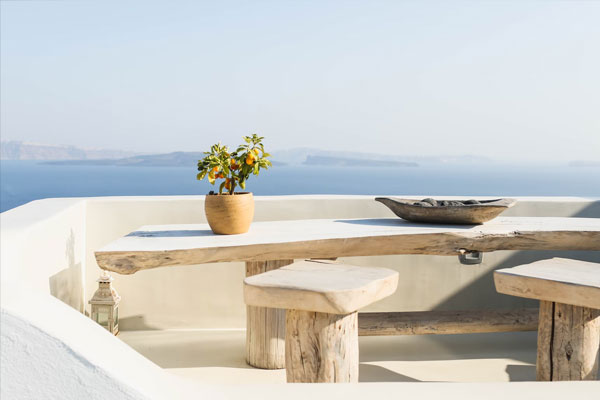 Luxury minimalists want to make sure that what they put their money and energy into is going to last and is enjoyable. They may invest in traveling, dining out, and other social activities they can share with the people they care about most.
Luxury minimalists want to make sure that what they put their money and energy into is going to last and is enjoyable. They may invest in traveling, dining out, and other social activities they can share with the people they care about most.
So that they can save on what’s more important to them, they might cut out smaller purchases that add up like fast food or the daily $5 coffee before work.
The luxury minimalist opts out of cheaper clothing, shoes, and home items that will wear out easily. They are committed to acquiring only what will last a luxurious lifetime.
Boho Minimalism
Boho minimalism is a free-spirited approach to minimalism that incorporates self-expression into a minimalist lifestyle. Inspired by bohemian influences, this minimalism type can be environmentalist and nature focused.
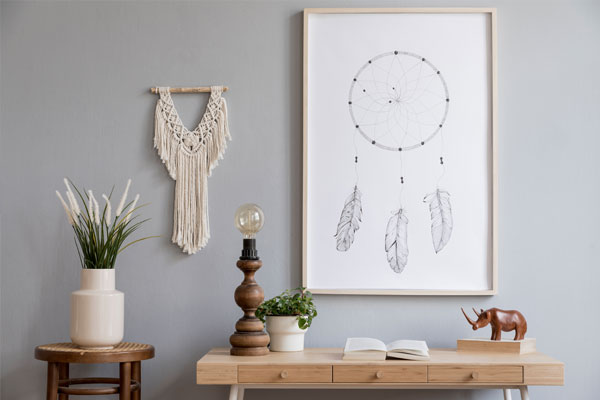 I’ve noticed that there’s also a desire to detach from emotional ties to physical items for a boho minimalist, as well as a desire find value in relationships and creative endeavors like art, music, and literature.
I’ve noticed that there’s also a desire to detach from emotional ties to physical items for a boho minimalist, as well as a desire find value in relationships and creative endeavors like art, music, and literature.
As for how a boho minimalist might decorate their home, they enjoy having less and often want to incorporate a bit of greenery and a modern bohemian style. They invest in décor for their living space, such as macramé, florals, patterned rugs, and wooden furniture, to help create a comfortable home environment.
The boho minimalist cares about having uncluttered spaces and carefully selects the pieces they bring into their home.
Homesteading Minimalism
Homesteading minimalism is focused on keeping up with minimalist values while also increasing self-sufficiency. The homesteading minimalist is engaged with growing their own food, simple ways of living, and self-reliance.
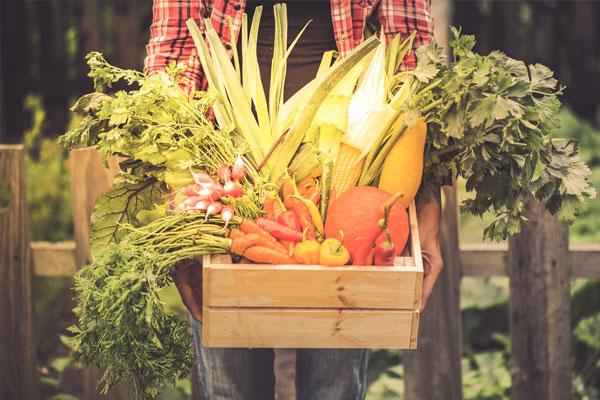 Often homesteader minimalists have farms, gardens, or animals (like chickens) that enhance their homestead.
Often homesteader minimalists have farms, gardens, or animals (like chickens) that enhance their homestead.
I’ve found that the materials and equipment required for homesteading can cause a homesteading minimalist to accumulate more belongings than other minimalists because of the resources used to cultivate their own food.
If you’re gardening, you’re going to have more gardening tools like a rake, shovel, and pickaxe. For food preservation, you may have a dehydrator, a pressure canner, and a good amount of mason jars.
Aesthetic Minimalism
Aesthetic minimalism values simplicity and design, including surroundings that reflect the minimalist mindset.
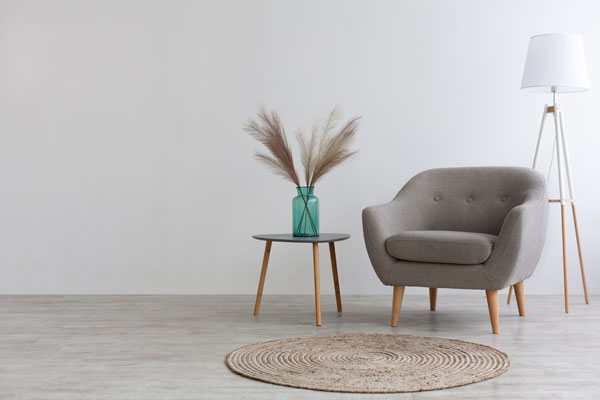 I’d say that the appeal for people pursuing this type of minimalism is creating the right living environment. The visuals for aesthetic minimalists are important — they love the aesthetic of having very minimal surroundings and adopting simplicity into their home.
I’d say that the appeal for people pursuing this type of minimalism is creating the right living environment. The visuals for aesthetic minimalists are important — they love the aesthetic of having very minimal surroundings and adopting simplicity into their home.
This take on minimalism hones in on creating simplistic beauty throughout the home, creating a practical living space with lots of clean, organized space with limited furniture and décor. The furniture and décor tend to be monochrome, neutral tones, and soft textures to produce a calm atmosphere.
Finding The Right Type Of Minimalism For You

Questions To Help Determine Your Minimalist Type
- Why do I want to participate in minimalism?
- What motivates me to pursue minimalism?
- What do I value most?
- What do I want to accomplish?
Getting Started With Minimalism On Your Terms

One of the first things I did when inspecting my minimalist lifestyle was analyzing how I wanted minimalism to help me in my life. To start up your minimalism lifestyle, take a look at what in your life you want to expand and what you want to eliminate.
Once you figure out your goals and motivation toward minimalism, you’ll be able to start decluttering and reaping the benefits of mindfulness and intentionality.
Your Turn!
- What type of minimalism resonates with you the most?
- How would adopting a type of minimalism affect your life?





Leave a Reply